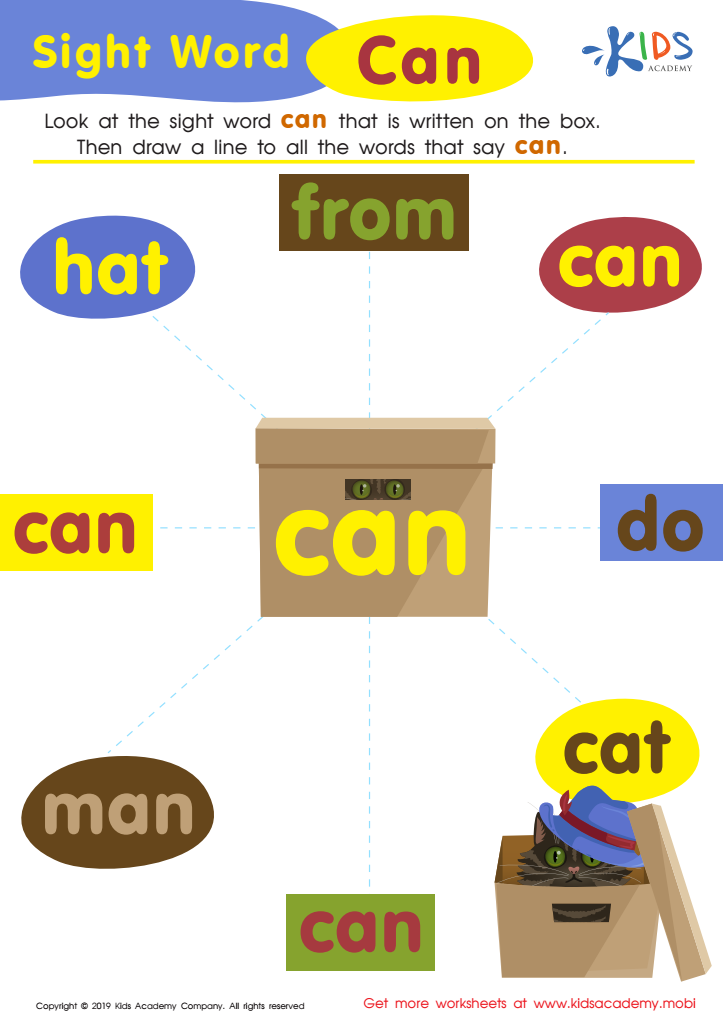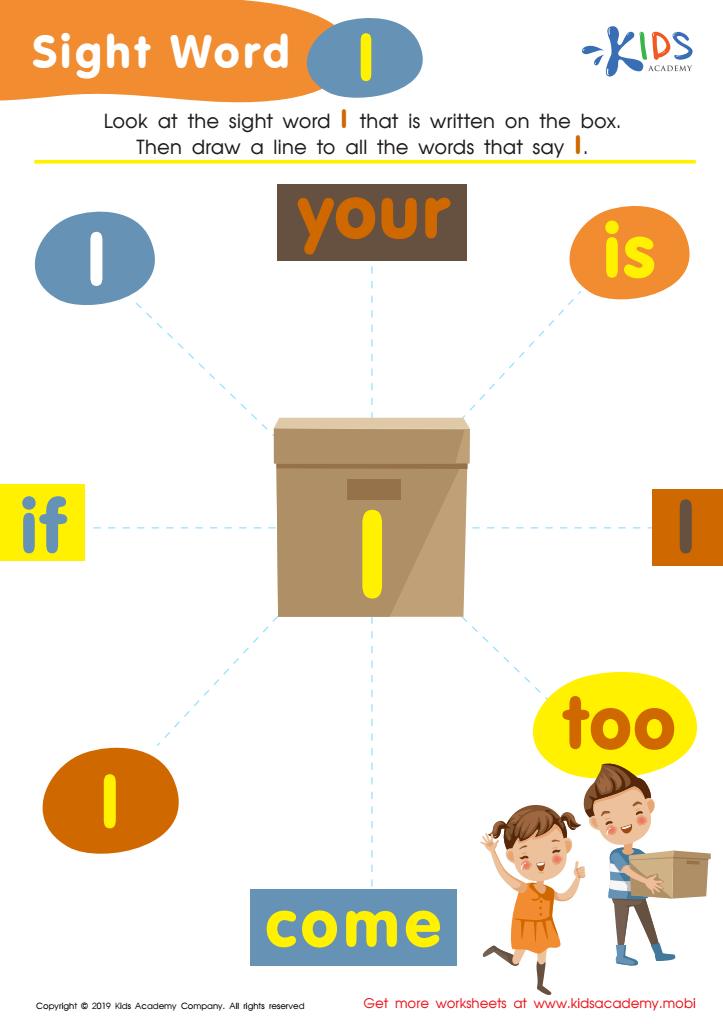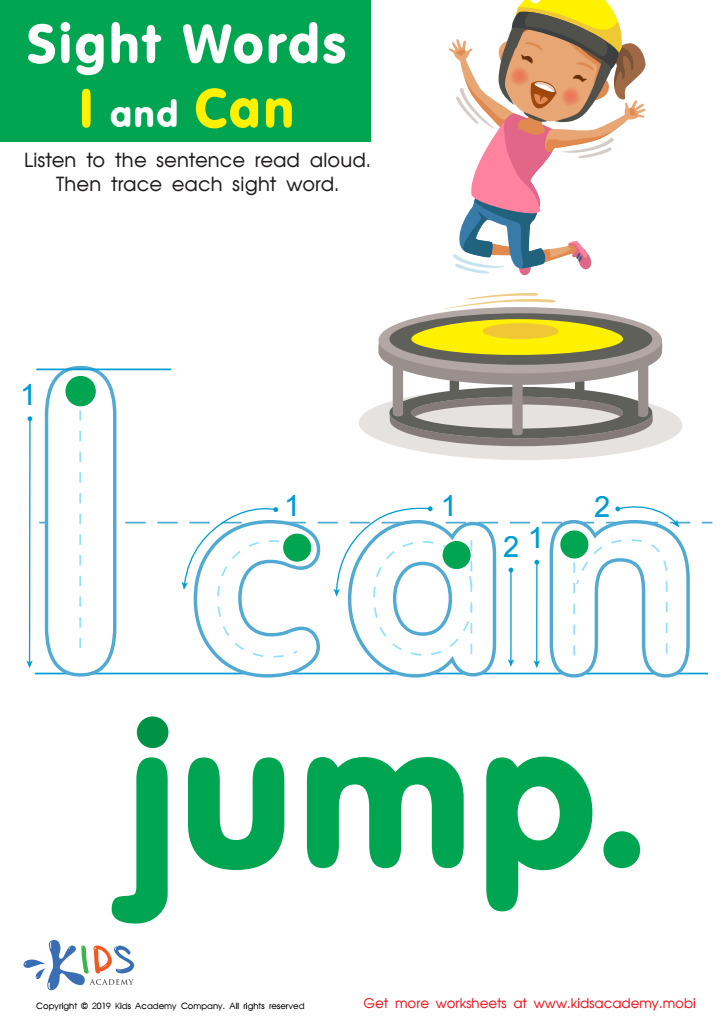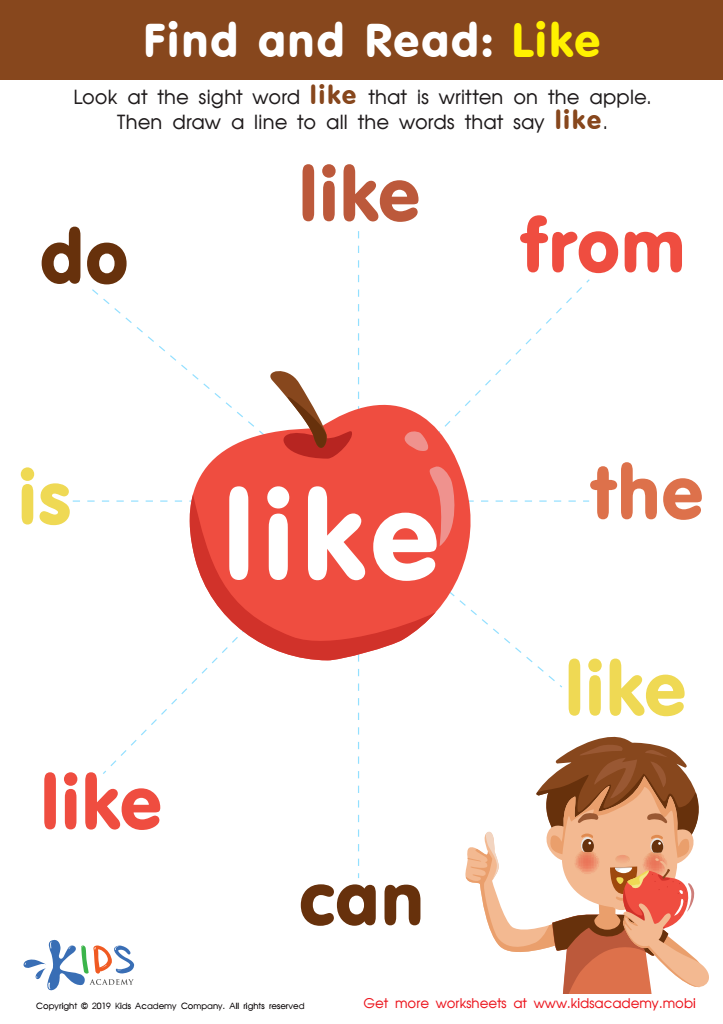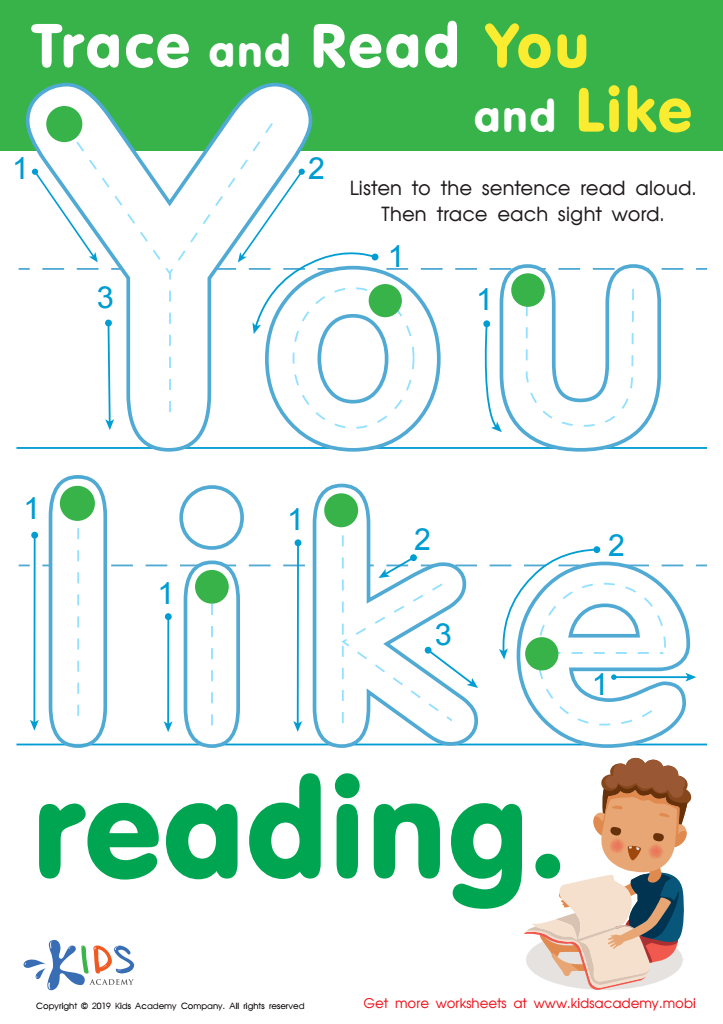-
English
-
English Pre-K
-
Unit 1: Early Literacy Skills
-
ABCs
- Pre-writing Activities
- Letter A
- Letter B
- Letter C
- Letter D
- Letter E
- Letter F
- Letter G
- Letter H
- Letter I
- Letter J
- Letter K
- Letter L
- Letter M
- Letter N
- Letter O
- Letter P
- Letter Q
- Letter R
- Letter S
- Letter T
- Letter U
- Letter V
- Letter W
- Letter X
- Letter Y
- Letter Z
-
Phonological Awareness
- Rhyming Words
- Letter Sounds B, C, D, and F
- Letter Sounds G, H, J, and K
- Letter Sounds L, M, N, and P
- Letter Sounds Q, R, S, and T
- Letter Sounds V, W, X, Y, and Z
- Letter Sounds A, E, and I
- Letter Sounds O and U
- Beginning Sounds
- Matching Letters to Sounds
-
ABCs
-
Unit 2: Vocabulary
-
Common Words
- Sorting Words into Categories
- Color Words
- Verbs and Adjectives
-
Sight Words
- Sight Words 'I' and 'Can'
- Sight Words 'You' and 'Like'
-
Common Words
-
Unit 3: Print Awareness
-
Parts of a Book
- Working with a Book
- Spaces Between Words
- Text and Illustrations
-
Picture Books and Poems
- Picture Book Text Features
- Poem Text Features
- Signs and Labels in the Community
-
Parts of a Book
-
Unit 4: Reading Literature
- Questions About Stories
- Discussing Stories
-
Unit 5: Reading Informational Texts
- Retelling Details in a Text
- Questions About a Text
- Connections Between Events
- Text Features
- Describing Illustrations
-
Unit 1: Early Literacy Skills
-
English Pre-K
-
Math
-
Math for Pre-Kindergarten
-
Logic and Geometry
-
Matching and Sorting
- Same and Different
- Which One Is a Little Different?
- Objects That Go Together
- Sorting by Color and Size
- Sorting The Same Group in Different Ways
- Patterns
-
Shapes
- Shapes in Our Environment
- Naming Shapes Regardless of Size
- Making Shapes in Preschool
- Comparing Shapes
- Relative Positions
- Sorting Shapes
-
Matching and Sorting
-
Early Number Sense
-
Numbers 1–5
- Counting to 3
- Counting to 5
- Arranging Objects up to 3 Objects
- Arranging up to 5 Objects
- Writing Numbers 1–5
-
Numbers 1–5
-
Numbers up to 10
- Counting to 10
- Arranging up to 10 Objects
- Number 0
- Writing Numbers 6–10
- Breaking Down Numbers 6-10
-
Logic and Geometry
-
Math for Pre-Kindergarten
Sight Words for Pre-Kindergarteners
"No mommy I can do it myself", "I’ve got it daddy, I can do it". Your toddler is building independence and showing a desire to learn and do more. As your preschooler develops print awareness, they may become eager to learn to read. Are you looking for the perfect way to start?
Start with sight words, which make up more than half of the words found in reading materials. Sight words are a group of common frequently used words that a child must recognize to improve accuracy and fluency when reading. Taking the time to help your child learn these words is integral to developing their reading skills.
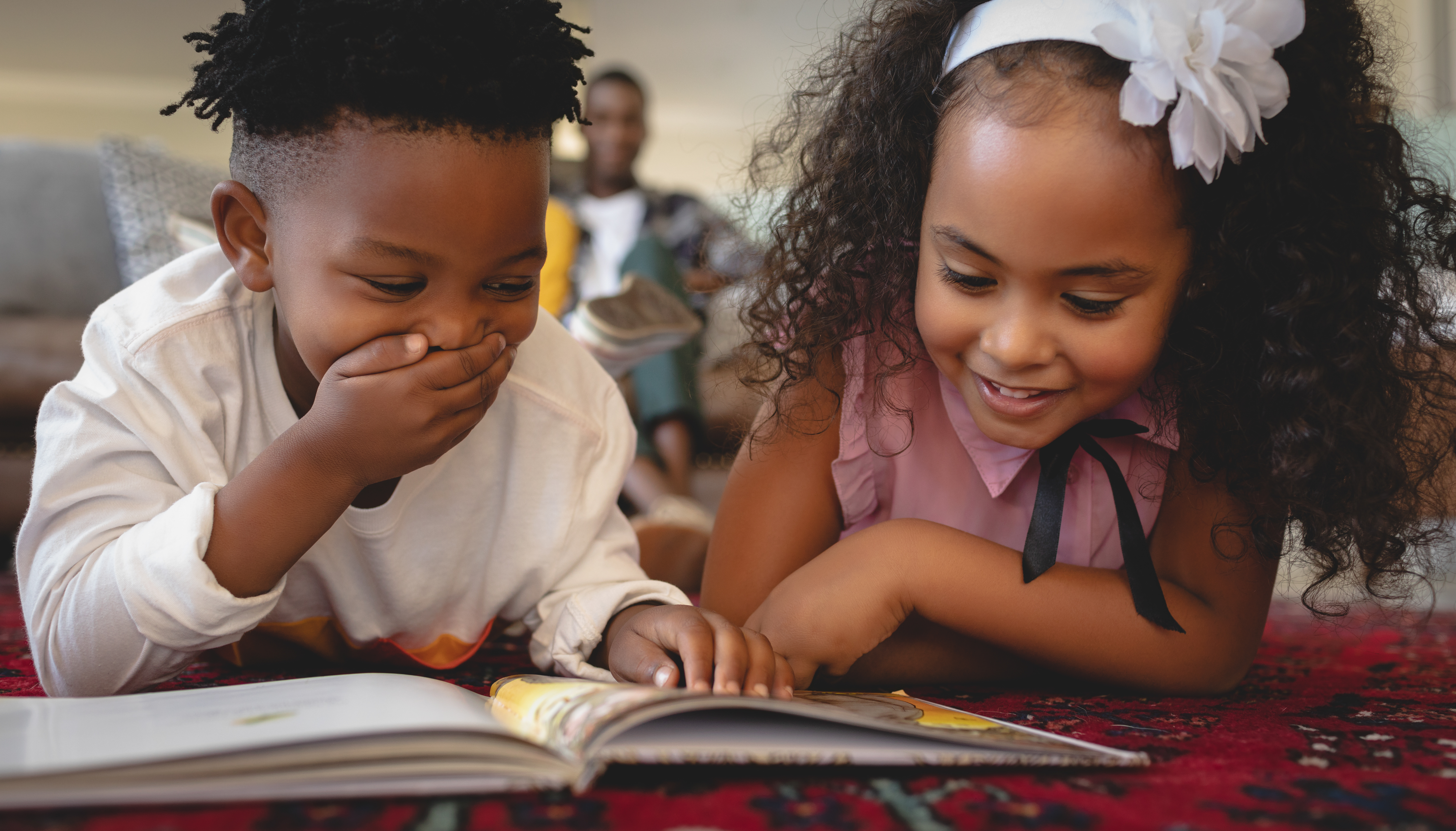
The most commonly used lists for sight words are Dolch words, which are designed for students in Pre-K through Grade 3. Fry words have lists starting at Pre-K and ranging to grade 10. A simple online search will direct you to Dolch and Fry words to use with your child. Are you looking for fun and engaging activities to teach sight words? View some of the videos from Kids Academy.
Identifying Sight Words
Use posters, flashcards, and books to help your toddler identify sight words. Focus on two or three each week and post these words in your child’s environment.
Sight Word Identification Practice
- Matching Activities: Make a table like a BINGO board and label the squares with words. Find small items to write the same sight words on for matching.
- Memory Games: Use a set of index cards to write two sets of a list of sight words. Arrange the cards face-down and match pairs of words.
- Color by Sight Word: Search online for color by number activities.
- Sight Word Hunt: Label items with sight words and hide them throughout the room.
- Identify Sight Words in Text: Have your child highlight or point to the sight words while you are reading text aloud.
Sight Word Writing Practice
- Roll and Record: Assign number 1-6 to a list of sight words. Have your child roll a dice. Write the sight word that has been assigned that number on the recording sheet.
- Rainbow Writing: Use a selection of colored pencils or markers to write sight words multiple times using more than one color.
- Play-Doh Words: Present sight words on index cards for your child to build with Play-Doh.
- Tracing Words: Trace sight words into malleable substances, like colored sand or shaving cream
- Building Words: Use magnetic letters to build sight words.
Kids Academy has thoughtfully designed a selection of resources for sight word practice. These three focus on the words I and can. Note how the rigor increases from one activity to the next. They build from identifying the words to writing them in the context of a sentence.
These worksheets introduce the words you and like. Notice the consistency between the first set of activities and the second. As your toddler is new to language, it's helpful to promote routine with familiar learning tasks.
Daily sight word practice is a fun way to start your child's literacy journey. Make it fun by incorporating their interests. Use these activities to play an active role in your child's early literacy development.
By: Monica Edwards
English Language Arts Teacher, Curriculum Writer
